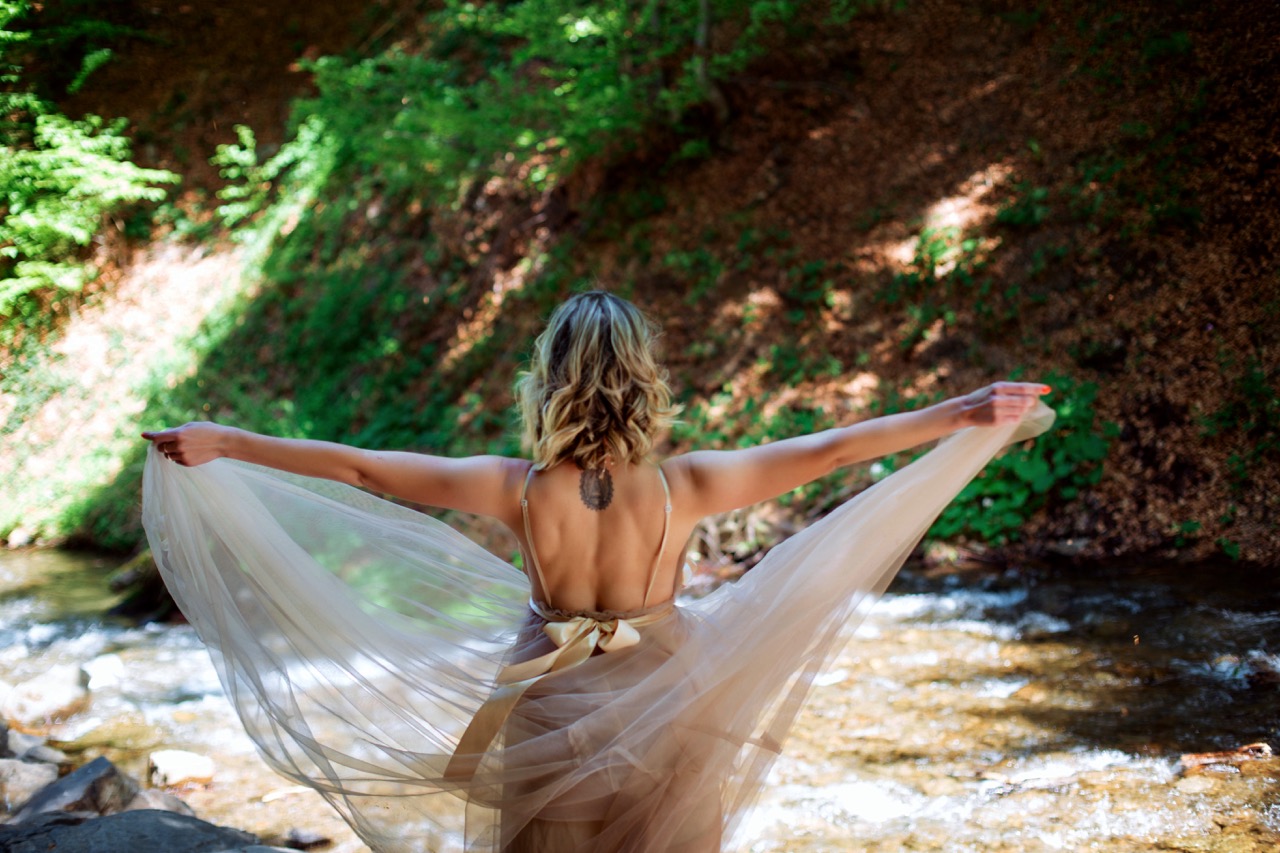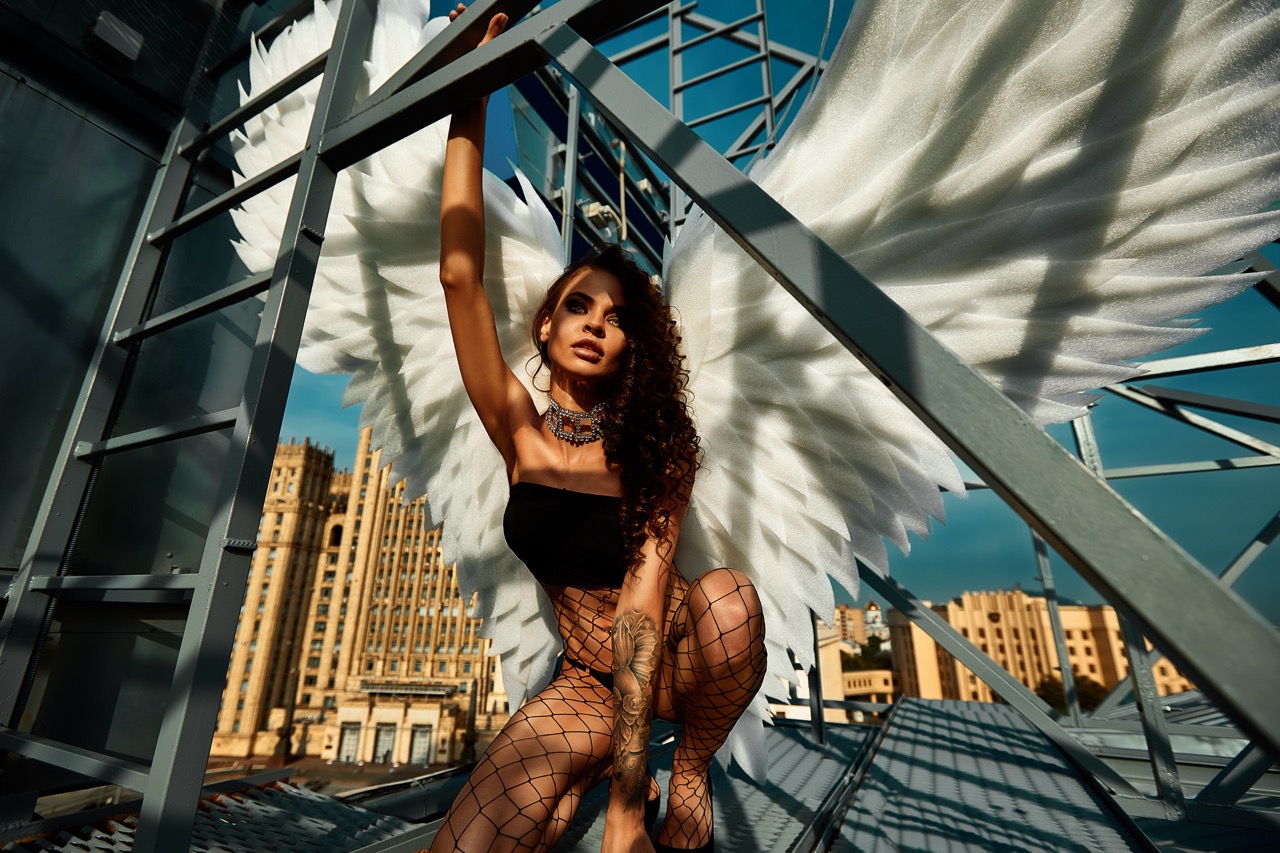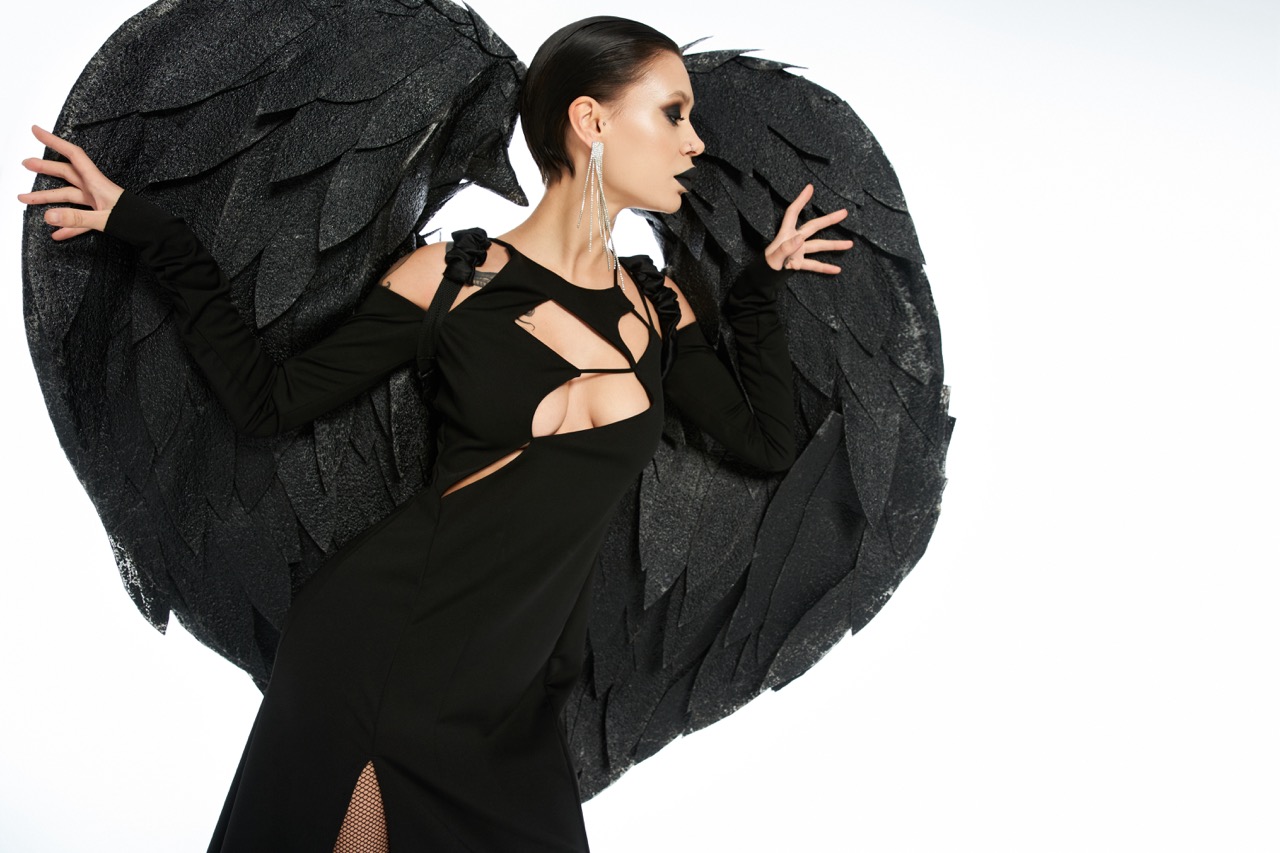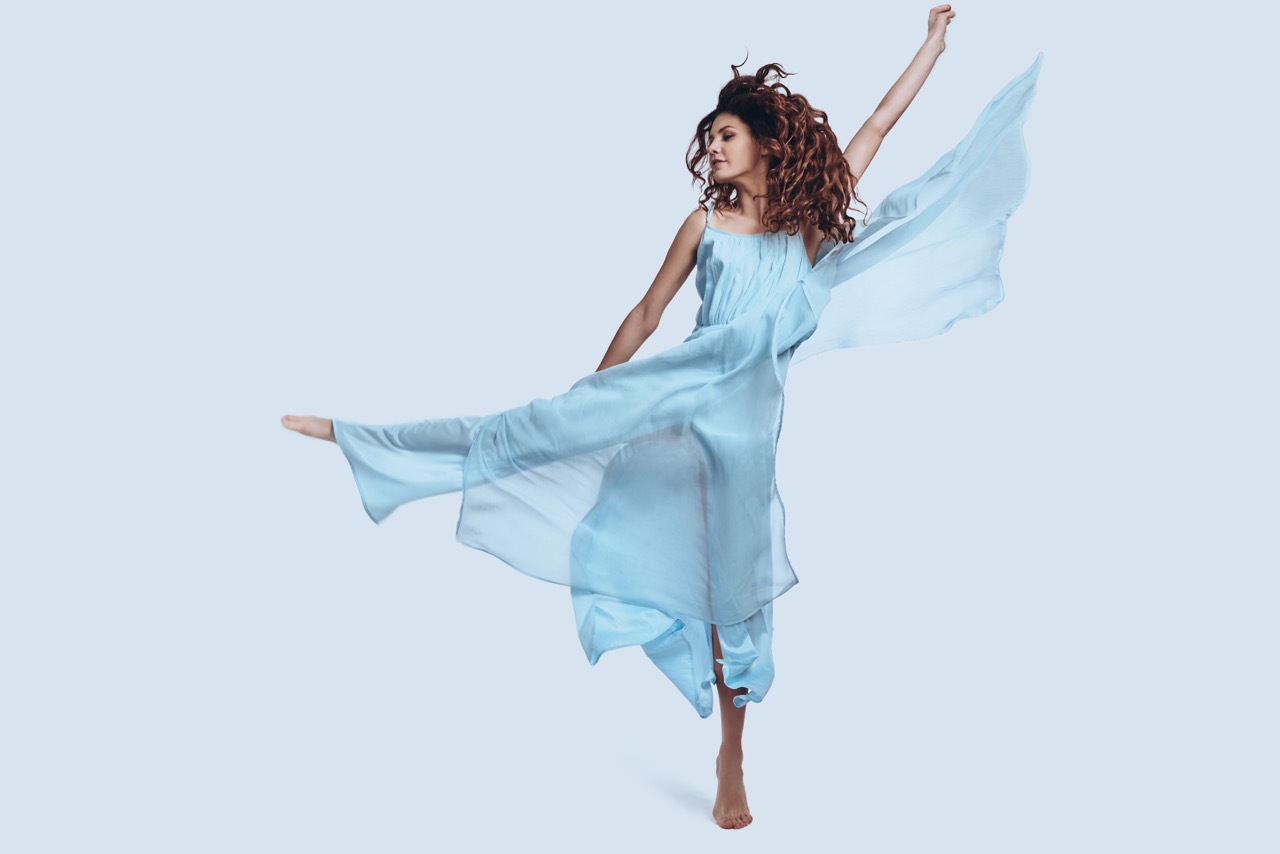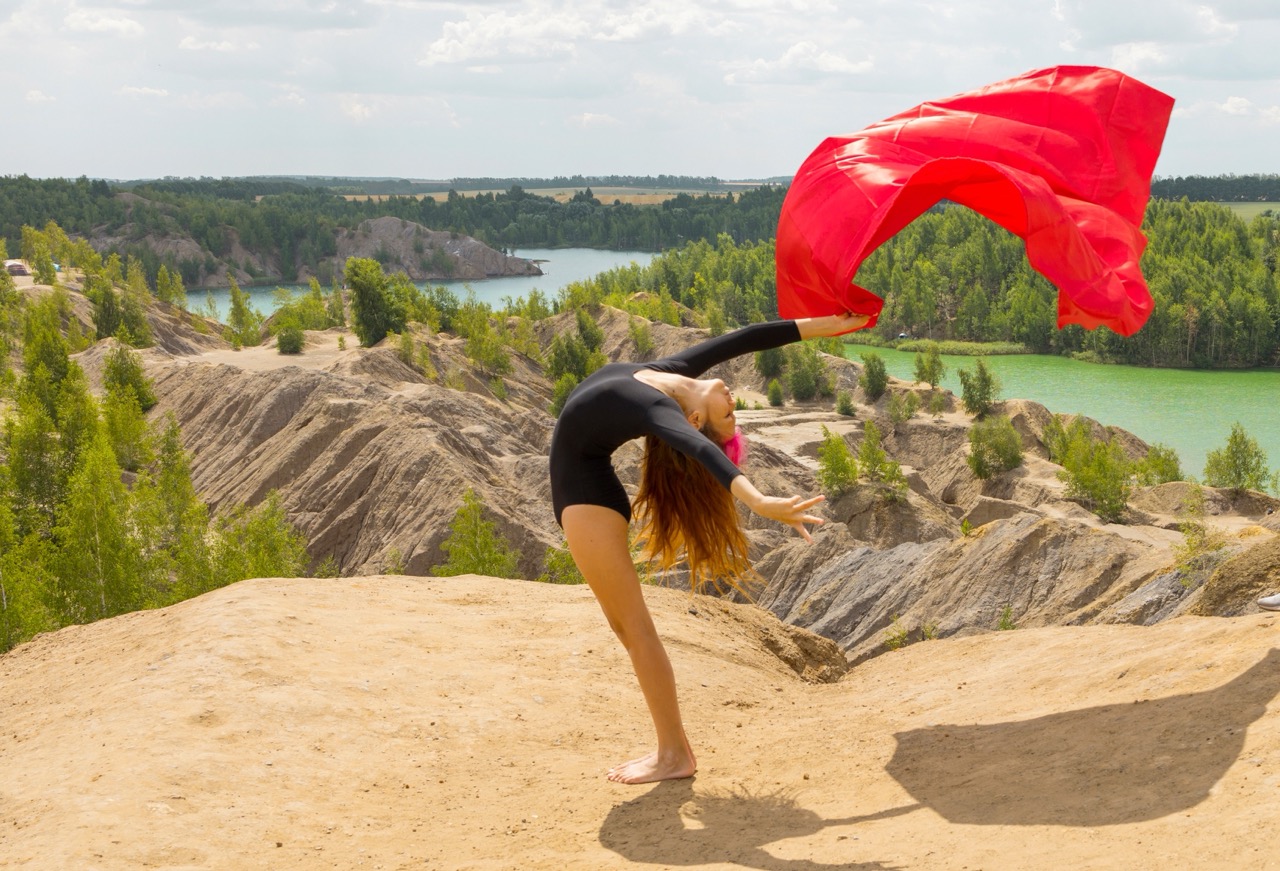Dance is a profound form of expression that transcends the boundaries of verbal communication, tapping into the deep well of human emotion. From the graceful movements of ballet to the energetic beats of hip-hop, the language of dance speaks volumes about the myriad feelings that accompany the human experience. This article delves into the intricate relationship between dance and emotion, exploring how movement serves as a conduit for our innermost feelings and connecting us to one another in ways that words often fail to do.
The Dance of Feelings: Understanding Movement and Emotion
At its core, dance is a visceral expression of emotion. Every movement, every rhythm, is imbued with feeling, reflecting the dancer’s internal state. The body acts not just as an instrument of movement but as a canvas upon which emotions are painted. The way a dancer holds their body, the intensity of their movements, and even the subtleties in their facial expressions can convey a spectrum of emotions—from elation to despair.
Research in the fields of psychology and neuroscience supports the idea that movement and emotion are intertwined. When we dance, certain neural pathways in our brain are activated, triggering emotional responses. This connection allows dancers to tap into their feelings more deeply, making their performances not only a display of technical skill but also a heartfelt communication that resonates with audiences on an emotional level.
Moreover, cultural contexts significantly influence how dance embodies emotion. Different cultures express feelings through unique dance forms—flamenco conveys passion and intensity, while Indian classical dance might express devotion or storytelling. Understanding these cultural nuances enriches our comprehension of how dance serves as a universal language of emotion, bridging gaps across societies and providing a shared avenue for emotional exploration.
Expressing the Inexpressible: Dance as Emotional Language
One of the most compelling aspects of dance is its ability to express the inexpressible. Words can often fall short in conveying the depths of human experience; however, dance allows for a nuanced expression that captures the complexity of emotion. Through dynamic movements, dancers can articulate feelings that are often too profound to articulate verbally. The rhythm of their bodies tells tales of love, loss, joy, and longing that resonate deeply with spectators.
In this way, dance serves as a powerful emotional language. Just as spoken languages have grammar and syntax, the language of dance has its own vocabulary of movement. A leap can symbolize freedom, a turn can express confusion, and a stillness can signify contemplation. This rich lexicon allows dancers to craft emotional narratives that invite observers to engage with their feelings, fostering a communal experience that transcends individual understanding.
Furthermore, the improvisational nature of many dance forms—such as contemporary dance—allows for spontaneous emotional expression. Dancers often create in the moment, responding to their inner sensations and emotions, which makes each performance unique. This authenticity not only captivates the audience but encourages them to reflect on their own emotional states, establishing a profound connection between the performer and the viewers.
Rhythm and Resonance: How Dance Connects Us to Feelings
Rhythm serves as the heartbeat of dance, establishing a natural connection to our emotions. The pulse of the music mirrors the cadence of human emotions, whether it’s the quickened tempo of excitement or the slow, languorous pace of sorrow. This rhythmic quality creates a physical sensation that resonates within us, drawing out feelings that may have been dormant. As we move to the beat, we find ourselves in sync—not only with the music but also with the emotional landscape it evokes.
The communal aspect of dance further enhances this connection. Group dances, from traditional folk dances to modern flash mobs, cultivate a sense of unity among participants. When individuals come together to share in the rhythm, their collective movements create an emotional resonance that amplifies the feelings experienced by all. This shared experience fosters empathy and can even provoke catharsis, as participants engage in a symbiotic exchange of emotions that enriches their understanding of themselves and each other.
Additionally, the relationship between rhythm and emotion is evident in how dance can provoke memories and associations. Certain movements or styles may evoke specific feelings tied to personal experiences, allowing individuals to relive moments of joy or sorrow through dance. This potent connection between rhythm and emotional memory serves as a reminder of the profound power dance holds as a vehicle for self-exploration and emotional healing.
From Joy to Sorrow: The Emotional Spectrum in Dance
Dance encompasses the entire emotional spectrum, providing a canvas for both exuberance and melancholy. The joy expressed through dance can be exhilarating—think of the infectious energy of a salsa party or the jubilant leaps in a Broadway number. These movements not only showcase technical prowess but also celebrate the human spirit, drawing audiences into a shared experience of happiness that transcends language and culture.
Conversely, dance also serves as a powerful medium for expressing sorrow and grief. Whether through the slow, deliberate movements of contemporary dance or the haunting gestures of traditional lamentation dances, the expression of sorrow through movement is profound. Each gesture encapsulates the weight of loss and longing, allowing both the dancer and the audience to confront their own emotional pain. The act of dancing through sadness can provide solace, making the experience of grief feel less isolating and more universal.
Ultimately, the emotional spectrum of dance is what makes it such a rich and rewarding art form. It captures the highs and lows of the human experience, inviting viewers to engage with their own feelings while providing a space for reflection and connection. Through dance, we are reminded that joy and sorrow are inextricably linked, each amplifying the other, making the act of moving together an essential part of the human experience.
In conclusion, the relationship between dance and emotion is a complex and beautiful interplay that offers a profound insight into the human experience. Dance serves as a dynamic emotional language, transcending words and cultural boundaries to express the inexpressible. As we move to the rhythm of our feelings, we connect with others in a shared journey of emotional exploration. Whether expressing joy, sorrow, or the vast spectrum in between, dance remains a powerful reminder of our shared humanity, weaving together the threads of emotion that bind us all.






